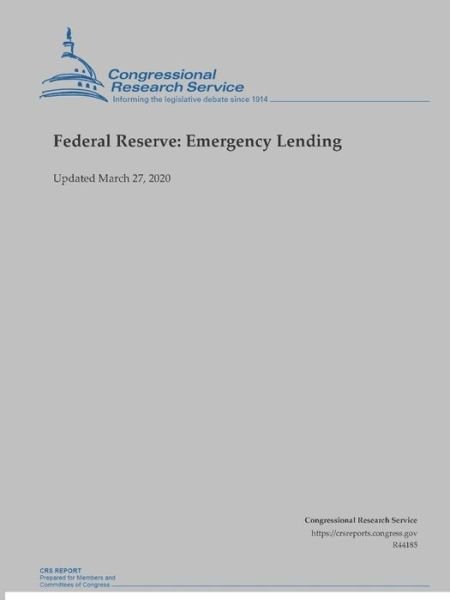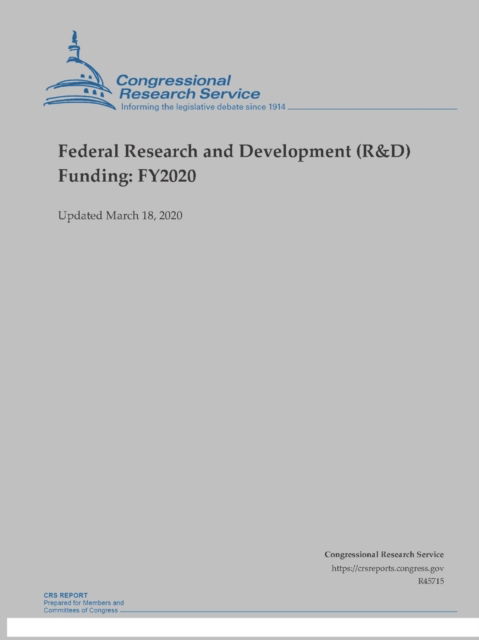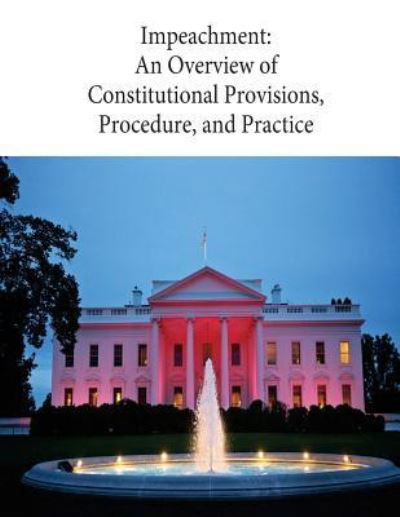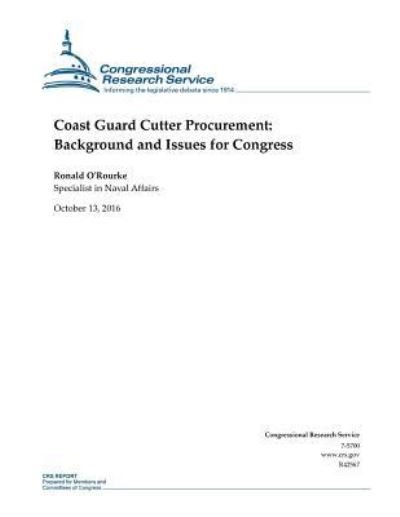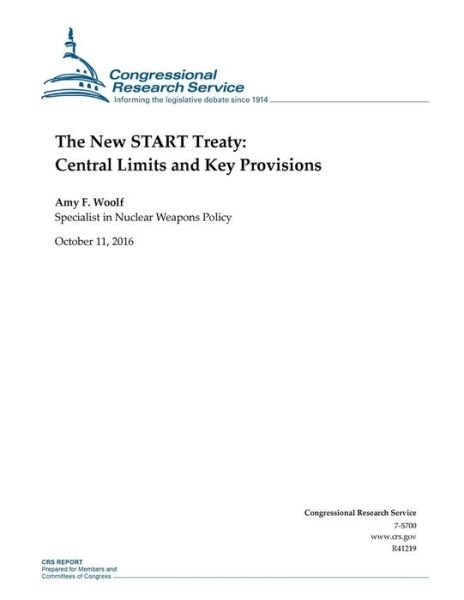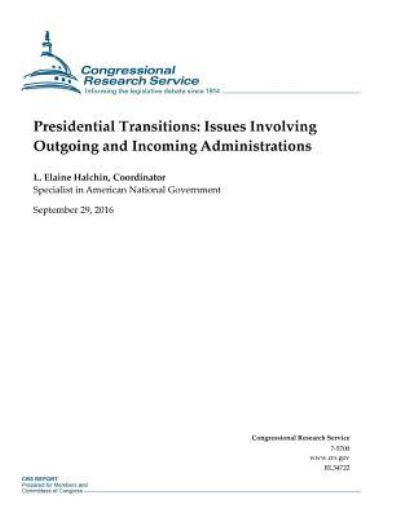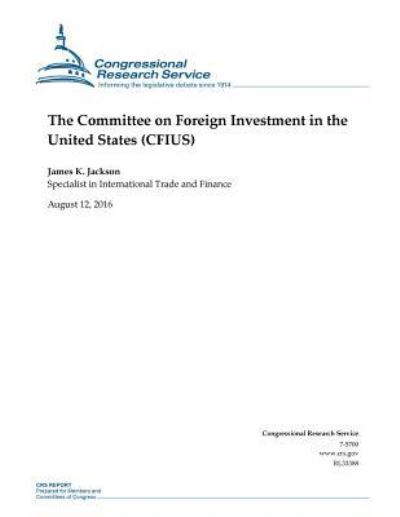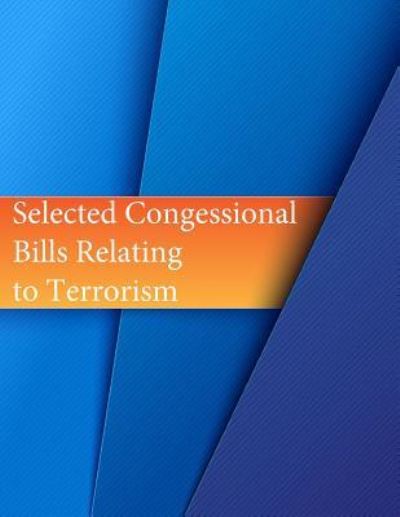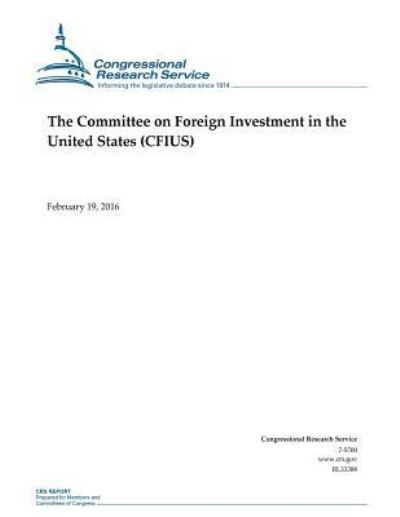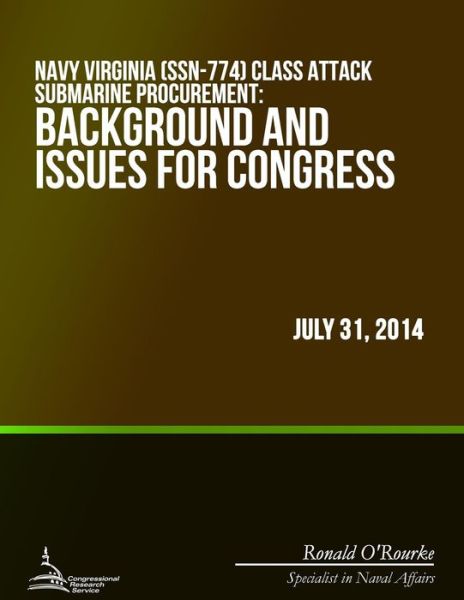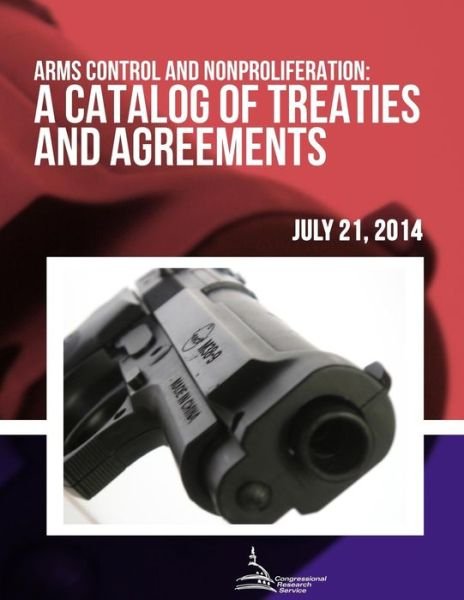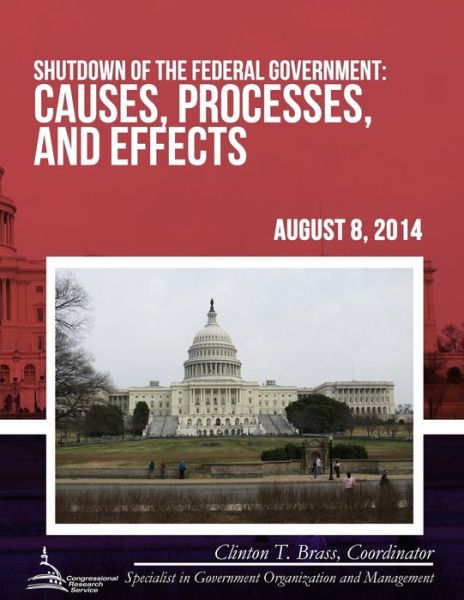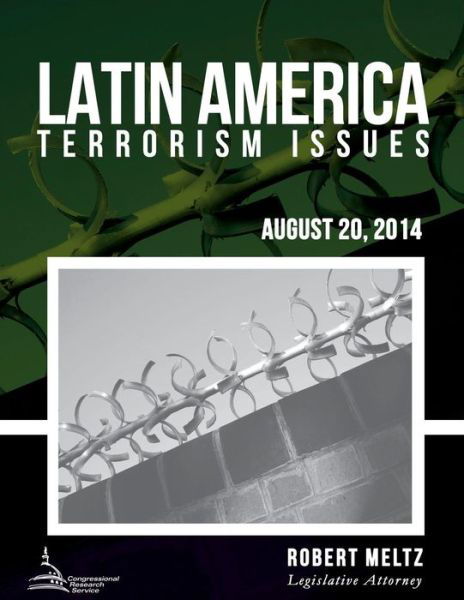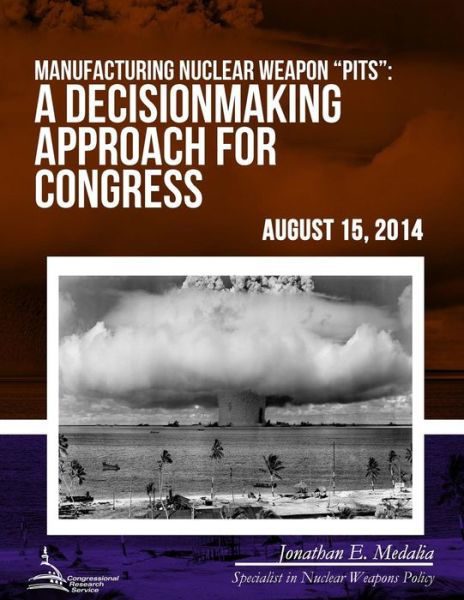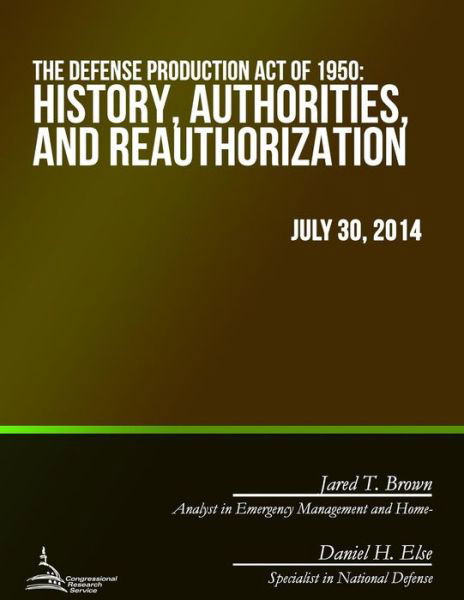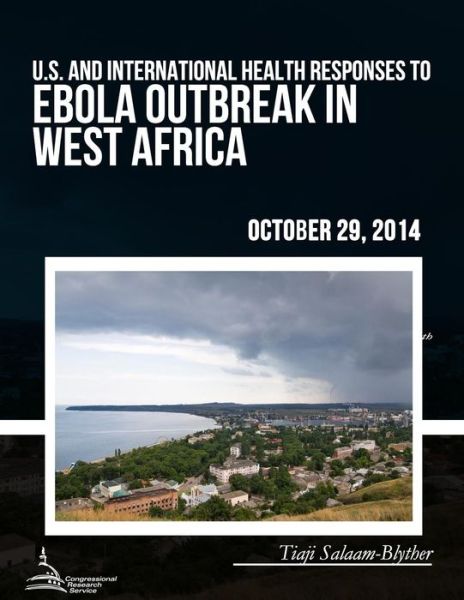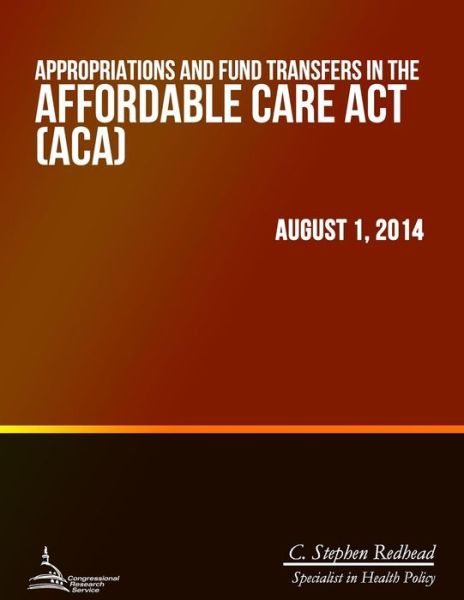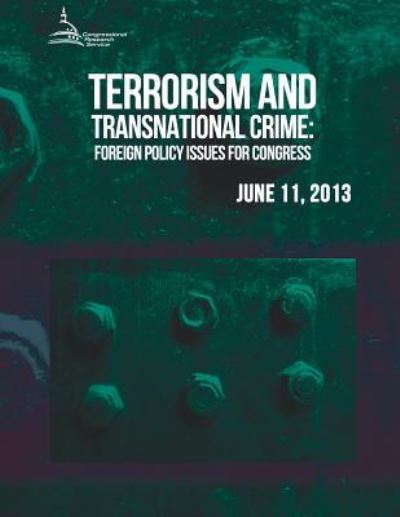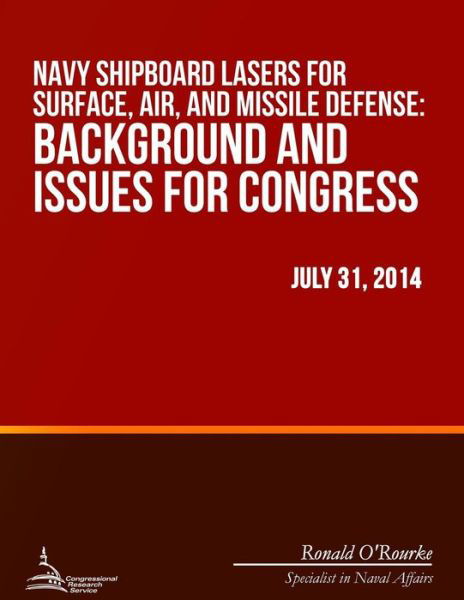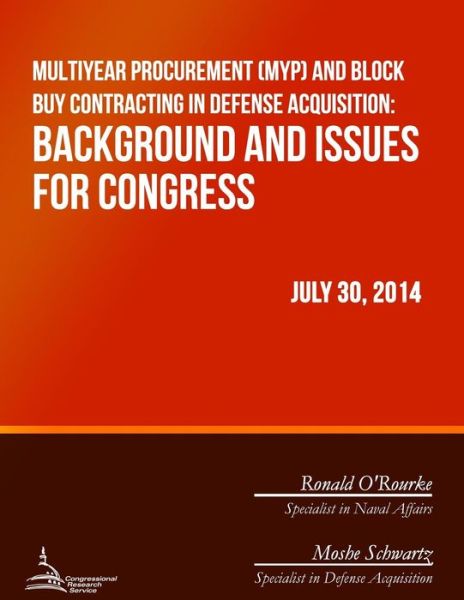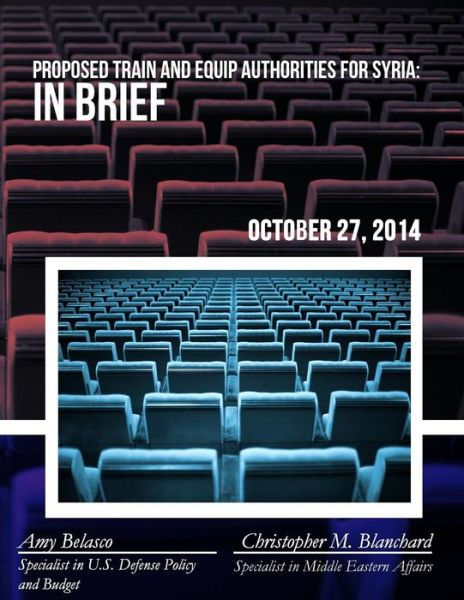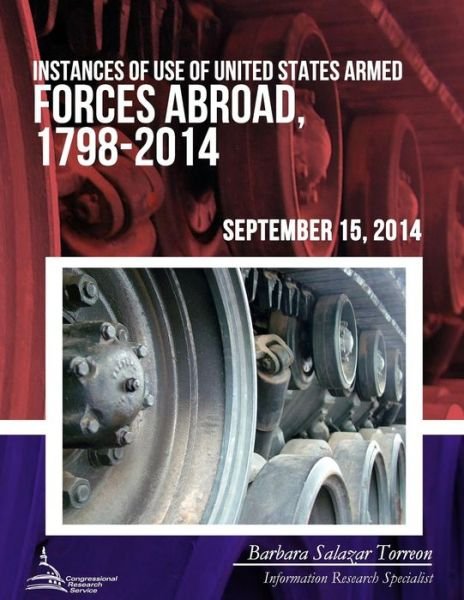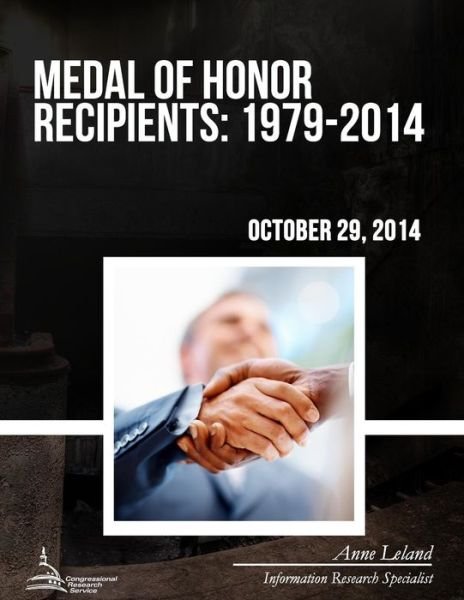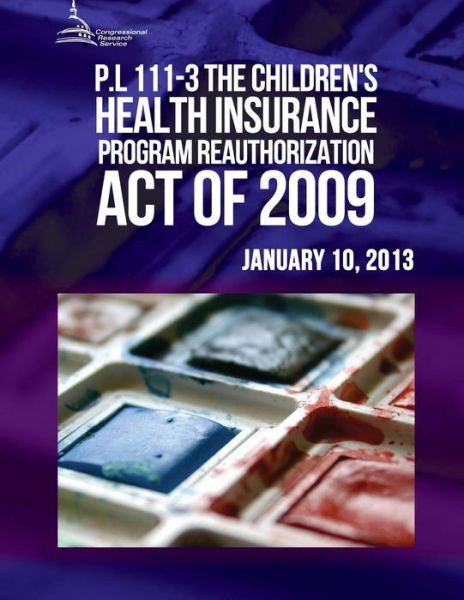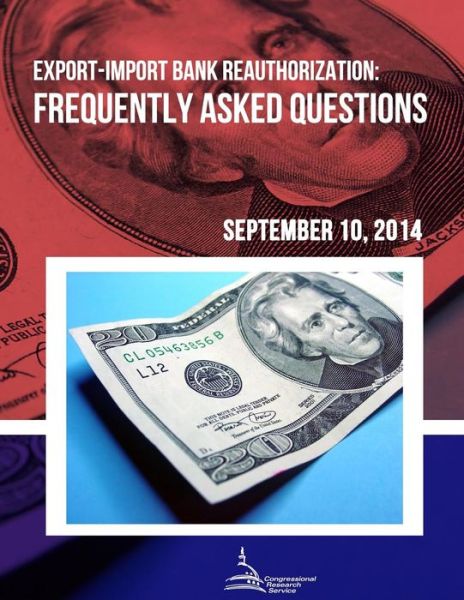
Tell your friends about this item:
Lebanon
Congressional Research Service
Lebanon
Congressional Research Service
Since having its boundaries drawn by France after the First World War, Lebanon has struggled to define its national identity. Its population included Christian, Sunni Muslim, and Shia Muslim communities of roughly comparable size, and with competing visions for the country. Seeking to avoid sectarian conflict, Lebanese leaders created a confessional system that allocated power among the country's religious sects according to their percentage of the population. The system continues to be based on Lebanon's last official census, which was conducted in 1932. As Lebanon's demographics have shifted over the years, Muslim communities have pushed for the political status quo, favoring Maronite Christians, to be revisited, while the latter have worked to maintain their privileges. This tension has at times manifested itself in violence, such as during the country's 15-year civil war, but also in political disputes such as disagreements over revisions to Lebanon's electoral law. To date, domestic political conflicts continue to be shaped in part by the influence of external actors, including Syria and Iran. The United States has sought to bolster forces that could serve as a counterweight to Syrian and Iranian influence in Lebanon, providing more than $1.7 billion in military assistance to Lebanon with the aim of creating a national force strong enough to counter nonstate actors and secure the country's borders. Hezbollah's armed militia is sometimes described as more effective than the Lebanese Armed Forces (LAF), and has also undertaken operations along the border to counter the infiltration of armed groups from the war in neighboring Syria. U. S. policy in Lebanon has been undermined by Iran and Syria, both of which exercise significant influence in the country, including through support for Hezbollah. The question of how best to marginalize Hezbollah and other anti-U. S. Lebanese actors without provoking civil conflict among Lebanese sectarian political forces has remained a key challenge for U. S. policymakers. U. S. assistance to Lebanon also has addressed the large-scale refugee crisis driven by the ongoing war in neighboring Syria. There are over 1 million Syrian refugees registered with the U. N. High Commissioner for Refugees (UNHCR) in Lebanon, in addition to a significant existing community of Palestinian refugees. This has given Lebanon (a country of roughly 4.3 million citizens in 2010) the highest per capita refugee population in the world. Lebanon's infrastructure has been unable to absorb the refugee population, which some government officials describe as a threat to the country's security. Since 2015, the government has taken steps to close the border to those fleeing Syria, and has implemented measures that have made it more difficult for existing refugees to remain in Lebanon legally. At the same time, Hezbollah has played an active role in the ongoing fighting in Syria. The experience gained by Hezbollah in the Syria conflict has raised questions about how the eventual return of these fighters to Lebanon could impact the country's domestic stability or affect the prospects for renewed conflict with Israel. This report provides an overview of Lebanon and current issues of U. S. interest. It provides background information, analyzes recent developments and key policy debates, and tracks legislation, U. S. assistance, and recent congressional action.
| Media | Books Paperback Book (Book with soft cover and glued back) |
| Released | October 10, 2018 |
| ISBN13 | 9781727821673 |
| Publishers | Createspace Independent Publishing Platf |
| Pages | 40 |
| Dimensions | 216 × 280 × 2 mm · 117 g |
| Language | English |
More by Congressional Research Service
See all of Congressional Research Service ( e.g. Paperback Book and Book )

 Christmas presents can be returned until 31 January
Christmas presents can be returned until 31 January


